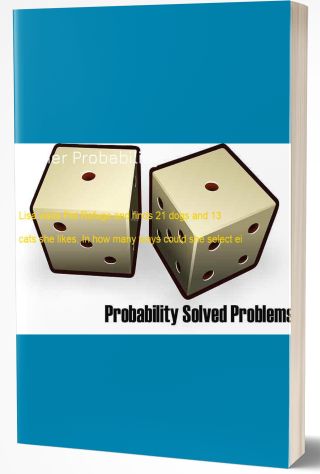To evaluate a consumer electronics product, a rater goes through a checklist of desirable features f
Question: To evaluate a consumer electronics product, a rater goes through a checklist of desirable features for the product to have. The rater places a check beside each feature that she thinks the product has. After completing the evaluation, the rater reports the product’s score as x = proportion of features on the checklist that she determined the product to have. Thus, the score x is a number between 0 and 1.
A statistical model is proposed for the evaluation: Let X be a random variable whose outcomes are the rater’s possible scores x. The probability density function for X is proposed as
\[f(x\,;\theta )=\left\{ \begin{array}{*{35}{l}} \theta {{x}^{\theta -1}}\quad \text{if 0}\le \text{x}\le \text{1} \\ 0\quad \text{ otherwise} \\ \end{array} \right.\]The density function (and thus the statistical model) is incompletely specified, since it depends on the value of a parameter θ, which is known only to be greater than 0.
a) Why does \[f(x\,;\theta )\] qualify as a potential density function for every \[\theta >0\] ?
b) Find the mean and variance of X for any generic \[\theta >0\].
Solution Format: Word Document




![[Solution] A manufacturer receives voltage regulators from three different companies, A, B, and C. The proporti #11413 Other Probability](/images/downloads-images/featured/Probability-question-23391.jpg)
![[Solved] Cyber-Plastics, Inc., is in search of a CEO and a CFO. The company has a short list of candidates fo #26216 Other Probability](/images/downloads-images/featured/Probability-question-1741.jpg)

